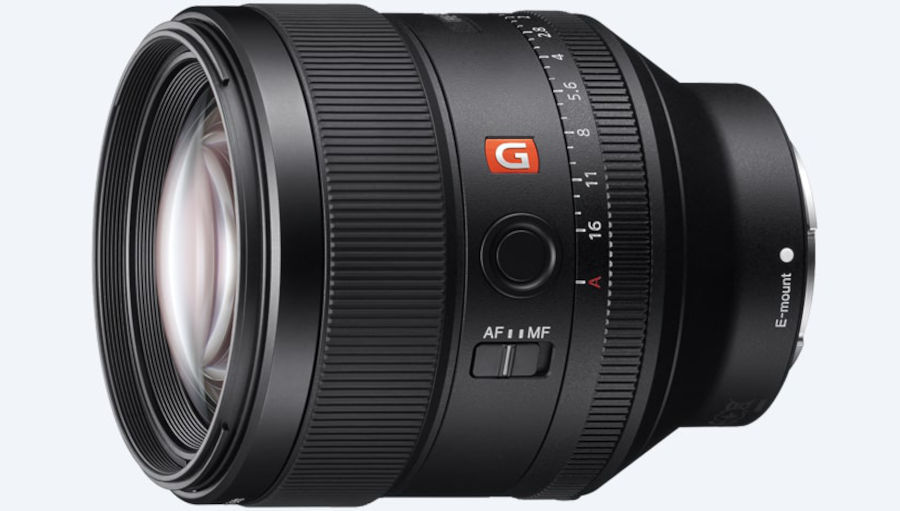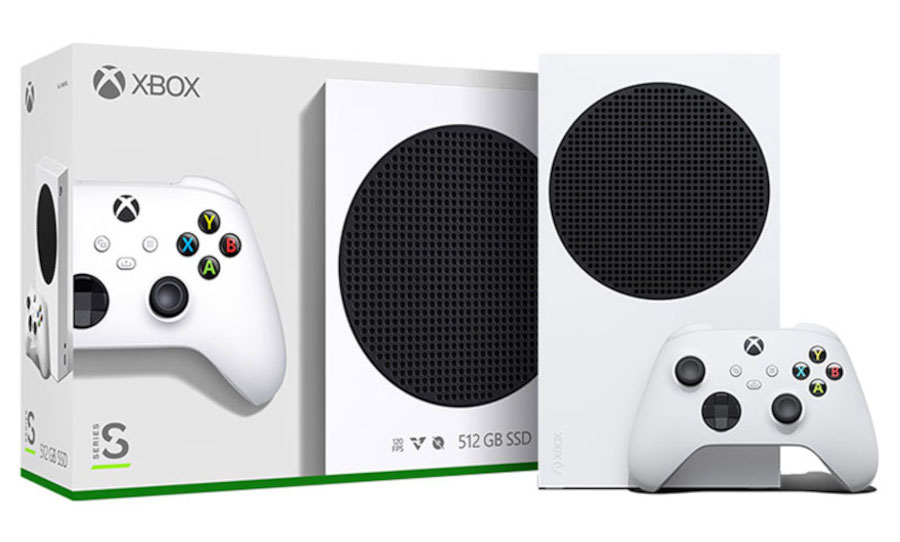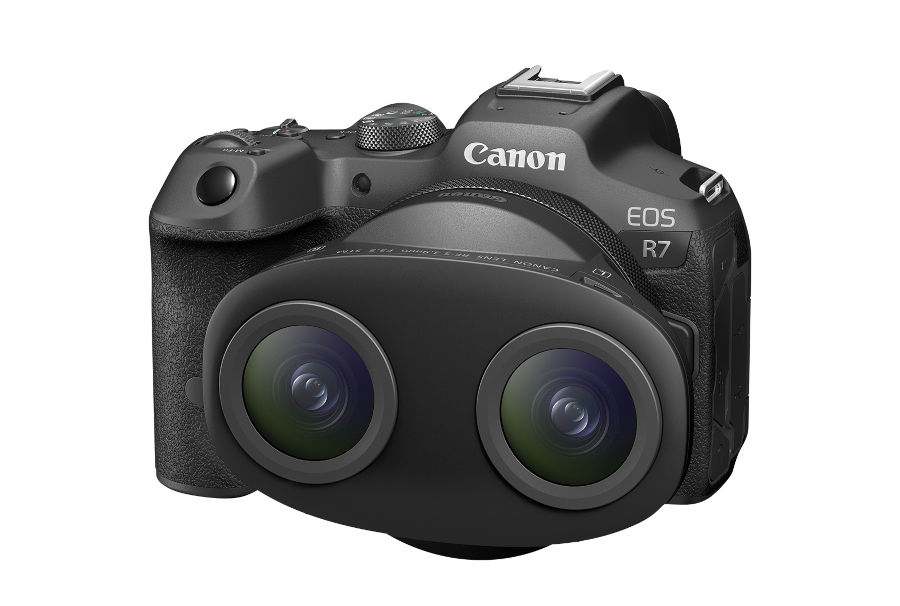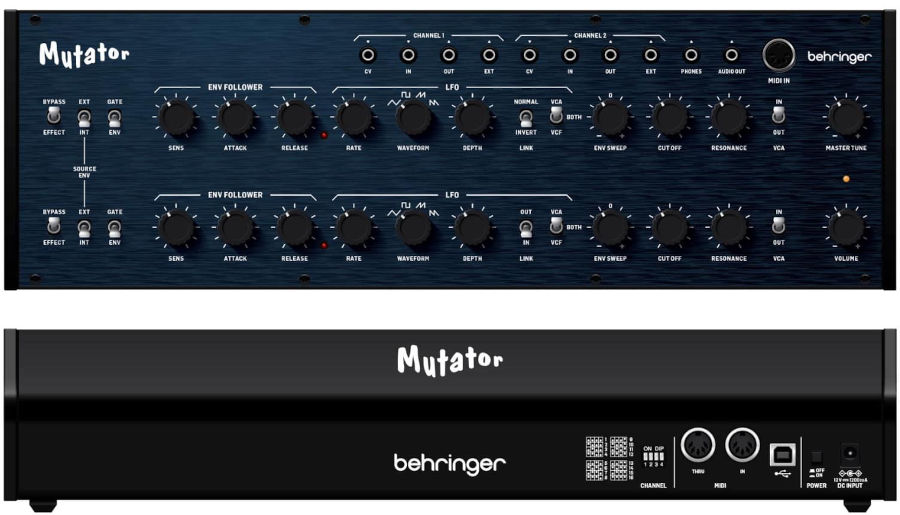
Nvidia Unveils Two New AI-Enhanced GPUs for Professional Workstations
Expanding AI Capabilities in Thin and Light Laptops for Professionals
NEWS Computer February 27, 2024 Reading time: ~1 minute)
Nvidia has announced its foray into enhancing artificial intelligence (AI) capabilities in professional workstations. With the unveiling of two new GPUs, Nvidia aims to cater to the evolving needs of professionals across various industries who rely on AI-powered performance for their everyday tasks.
The newly introduced GPUs are built upon the Ada Lovelace architecture, a foundation shared with Nvidia's existing laptop GPUs such as the RTX 2000, 3000, 4000, and 5000 series. While these GPUs have found popularity in gaming and graphically-demanding applications, the latest additions target lighter tasks, including high-quality video conferencing and AI upscaling.
Designed primarily for integration into thin and light laptops, these GPUs promise to revolutionize content creation, video editing, research endeavors, and everyday productivity tasks for professionals on the move. Leveraging cutting-edge technologies, the workstation GPUs are poised to deliver unparalleled AI-powered performance in a portable form factor.
Under the hood, the GPUs boast third-generation ray tracing cores, fourth-generation Tensor Cores, Ada generation CUDA cores, DLSS 3, and AV1 encoder technologies. These enhancements translate into superior and more efficient performance compared to their predecessors. The RTX 500 GPU comes equipped with 4GB of memory, while the RTX 1000 offers 6GB, ensuring ample resources for handling demanding workloads.
According to Nvidia's official announcement, the new generation laptop GPUs are scheduled for release later this spring. These GPUs will be integrated into workstations offered by leading manufacturers such as Dell, Lenovo, HP, and other strategic partners, further expanding their accessibility and usability across professional environments.
IMAGE CREDITS: NVIDIA
*Our pages may contain affiliate links. If you buy something via one of our affiliate links, Review Space may earn a commission. Thanks for your support!
THE LATEST
CATEGORIES

























COMMENTS